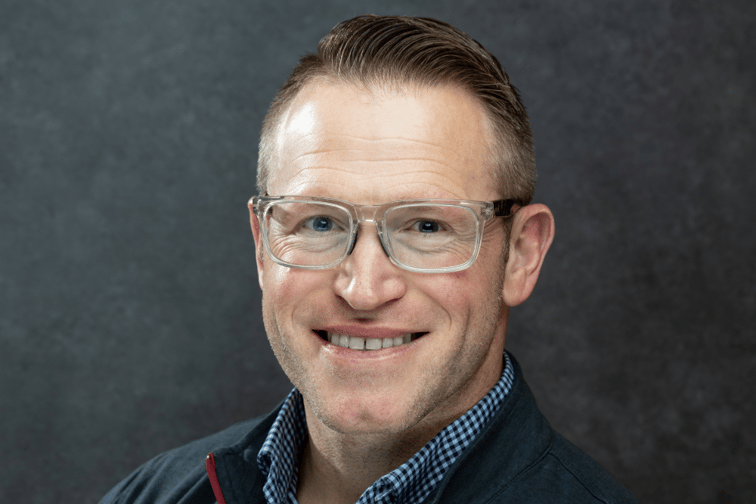

Brush Country Claims decided to build its own platform in 2017, after operating since 1991 as a third party administrator (TPA) for daily and catastrophic claims. The increasing prevalence of insurtech in the industry played a big role, as company president and COO Troy Stewart (pictured) recalled.
“We saw the direction the industry was going, and … we were having struggles with workaround solutions, reporting capabilities and access to our data and metrics [with our legacy system],” Stewart said. “We evaluated the solutions available, and while we could certainly find a makeshift way to go about delivering our process, we really wanted to create a more effective and efficient means of doing so, so we decided to go down the road of building our own” system.
This eventually led to the birth of the company’s Hubvia platform in 2019, initially focused on a claims management system. Since then, the Texas-based company has rolled out additional services on the platform, including a secure claims portal focused on policyholders as well as an adjuster field scoping application.
Brush Country employs about 40 people and has between 15 and 20 insurer partners it works with routinely, said Stewart, who took on his current role in 2018 and has been with the company for 11 years.
In developing their platform, Brush Country focused on looking at all the trouble spots and finding ways to smooth them out.
“It really was laying out everything that we experienced in a claims process and understanding bottlenecks that we encounter – all the areas that we typically identify [as] complaints and other opportunities to streamline,” Stewart explained “We tried to create a [platform] that really remedies a lot of those types of issues.”
At the top of the list, Brush Country tackled how to best handle data.
“We knew that data was going to be the most valuable thing. In our industry, it is the most valuable asset that each of us has, but, the problem that goes with that is it was inaccessible, and so we wanted to remedy that,” Stewart said.
One way to do so: reconverting any kind of unstructured data into structured data as often as possible, and that has opened doors for Brush Country.
“What that’s allowed us to do is it sets us up for our current initiative … around data models, building out data models, leveraging our existing historic data, as well as beginning to feed in some APIs or some sort of alternate data resources,” Stewart said.
Machine learning also helps shape how Brush Country now handles data, aided by EDI APIs as connective tissue to allow for super quick data processing.
“We have transference of data directly and keep our people working in that single platform as frequently as possible,” Stewart noted.
The other big element on the platform is communication, with a goal of boosting transparency and quicker responses.
“We have rule-based engine systems that draft insights in real time, decisions that don’t have to go through a manual process,” Stewart said. “It has enabled us to provide quick communications outwards that promote transparency and trust and engage [carrier customers] in participating throughout the claim, to be real stakeholders throughout the process rather than go by standard” practice.
That approach has led to a big boost in customer success and experience, he said.
Streamlined communication has also allowed Brush Country to track interactions it may not have known about in the past.
For example, adjusters in the field could run into a situation they aren’t comfortable with and seek further feedback. Brush Country’s scoping application can see in real time everything they look at, in terms of photos or shared videos. It gains an understanding of what adjusters identify as damaged or non-damaged items and then provides instructions to move forward.
Building a TPA platform from the ground up was not an easy process, Stewart recalled, even though the company initially hired third parties to help build it.
“We had a lot of missteps … [and] learned a lot by trial and error,” he said. “We’re not a tech company by nature but we are [now] very much in practice.”
Making technology more prominent has improved Brush Country’s processes, and enhanced experiences both in-house and with customers. Building its own platform was also a huge learning experience, he said.
“We learned a lot and we’ve come a long way,” Stewart said.
With a huge injection of insurtech, Brush Country has more opportunities in the future than it might have otherwise had.
“There are so many opportunities that insurtech brings to the table, and I feel like where we are right now, we’re just starting to scratch the surface of what our capabilities truly are,” Stewart said.
